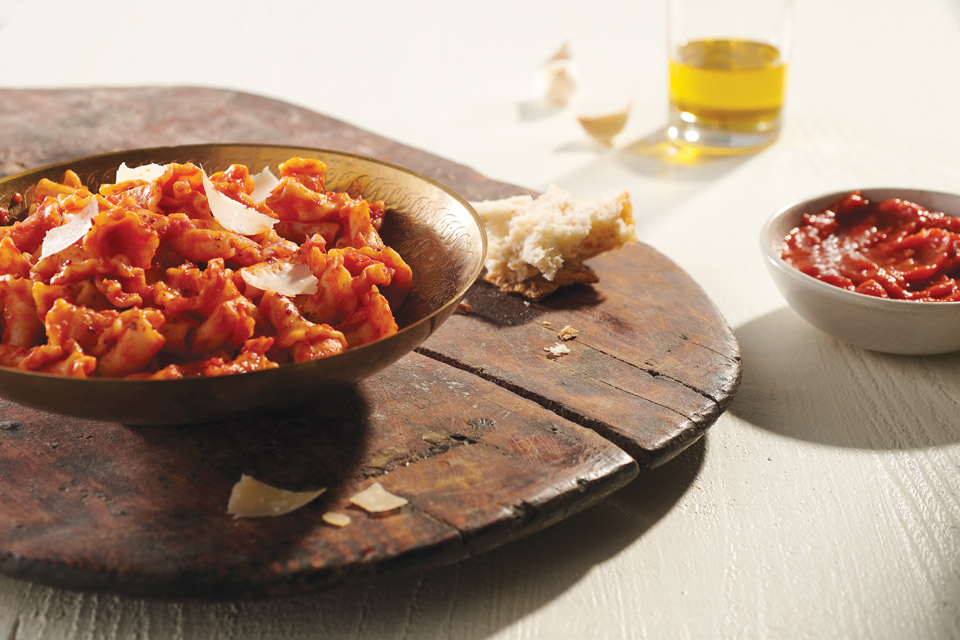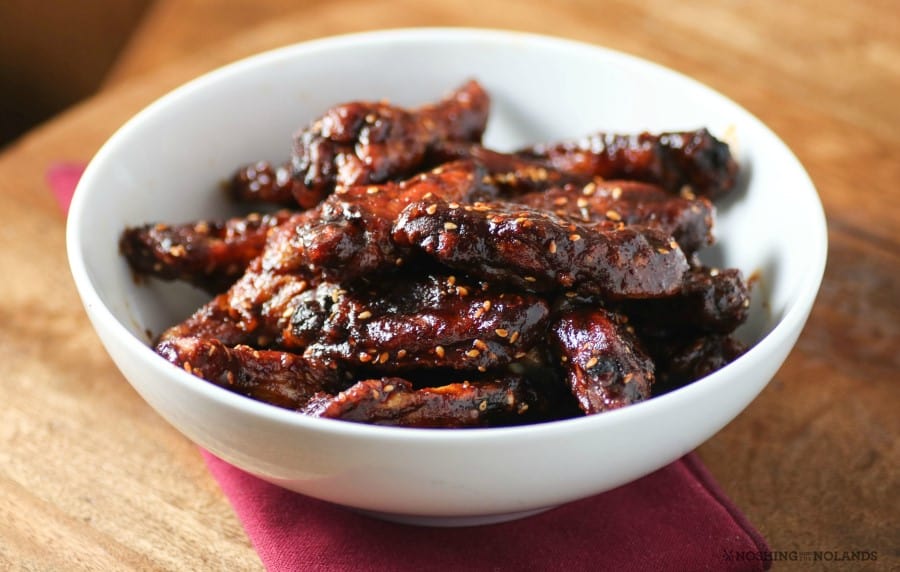Prepare to tantalize your taste buds with our tantalizing Angry Sauce recipe, a fiery concoction that will set your culinary adventures ablaze. Get ready to embark on a flavor-packed journey as we delve into the secrets of this spicy sensation.
From its humble origins to its versatile applications, Angry Sauce has become a culinary force to be reckoned with. Whether you’re a seasoned spice enthusiast or a timid taster, this recipe will guide you through the art of crafting the perfect sauce that packs a punch.
Introduction

Spicy sauces have become an indispensable part of various cuisines around the world, adding a fiery kick and depth of flavor to dishes. From the fiery habanero sauces of Mexico to the aromatic Sriracha of Thailand, these sauces have tantalized taste buds for centuries.
Among the pantheon of spicy sauces, the “Angry Sauce” stands out as a formidable force. With its fiery blend of chili peppers, vinegar, and spices, it has gained a reputation as a sauce that packs a serious punch. The origins of the Angry Sauce are shrouded in mystery, but it is believed to have originated in the American South, where a spicy culinary tradition has flourished for generations.
Ingredients and Variations

Angry sauce, known for its fiery kick, relies on a few essential ingredients that form its core flavor profile. These include:
- Vinegar: Vinegar provides the acidic backbone of the sauce, contributing to its tangy flavor. Common choices include white vinegar, apple cider vinegar, or rice vinegar.
- Crushed red pepper flakes: These flakes add the heat element to the sauce. Adjust the quantity based on your desired level of spiciness.
- Garlic: Freshly minced garlic imparts a savory and aromatic depth to the sauce.
- Olive oil: Olive oil serves as the base of the sauce, providing a rich and flavorful foundation.
Variations in angry sauce recipes arise from the addition of other ingredients that enhance its flavor and complexity. Some popular variations include:
Substitutions and Dietary Restrictions
To accommodate dietary restrictions or preferences, substitutions can be made for certain ingredients in angry sauce:
- For those with gluten intolerance: Use gluten-free soy sauce or tamari instead of regular soy sauce.
- For vegans: Replace honey with agave nectar or maple syrup, and use plant-based oil instead of butter.
- For those with a low-carb diet: Use sugar-free ketchup or tomato paste, and reduce the amount of sugar added.
Step-by-Step Recipe

Preparing the angry sauce is a straightforward process that requires minimal effort and time. Follow the steps below to create a flavorful and fiery sauce that will add a kick to your dishes.
Remember, always handle chili peppers with care, wearing gloves if necessary, to avoid skin irritation. Additionally, adjust the amount of chili peppers used based on your desired level of heat.
Ingredient Preparation
- Finely chop the onion and garlic. This will help release their flavors and evenly distribute them throughout the sauce.
- Remove the seeds and ribs from the chili peppers. This step is optional, depending on your preferred level of heat. However, removing the seeds and ribs will reduce the spiciness of the sauce.
- Roughly chop the chili peppers. This will help release their flavors and make them easier to blend later.
Sauce Preparation
- Heat the olive oil in a medium saucepan over medium heat. Add the chopped onion and garlic and cook until softened and translucent, about 5 minutes.
- Add the chopped chili peppers to the saucepan and cook for 2-3 minutes, stirring occasionally, until they begin to soften.
- Pour in the tomato sauce, chicken broth, and sugar. Bring to a simmer and cook for 15-20 minutes, or until the sauce has thickened to your desired consistency.
- Remove the saucepan from the heat and let it cool slightly. Transfer the sauce to a blender and blend until smooth. Taste and adjust seasonings as needed.
Serving
- Serve the angry sauce warm over your favorite pasta, chicken, or vegetables. It can also be used as a dipping sauce for chips or breadsticks.
- Garnish with fresh parsley or cilantro for an extra touch of flavor and color.
Flavor Profile and Uses: Angry Sauce Recipe

Angry sauce is a fiery and flavorful condiment that packs a punch. Its bold flavor profile is characterized by a harmonious blend of heat, acidity, and other tantalizing notes.
The spiciness of angry sauce is its defining characteristic, ranging from a mild kick to an intense inferno. This heat is balanced by a vibrant acidity that adds a refreshing tang, preventing the sauce from becoming overpowering.
Versatility of Angry Sauce, Angry sauce recipe
Angry sauce is a versatile culinary creation that can elevate a wide array of dishes. Its fiery nature makes it an ideal complement to pasta, where it adds a zesty kick to classic dishes like spaghetti and meatballs or penne alla vodka.
Beyond pasta, angry sauce also shines on pizza. Its spicy and tangy flavors enhance the savory notes of cheese and toppings, creating a tantalizing combination that will leave your taste buds craving more.
In addition to its use as a condiment, angry sauce can also be incorporated into dips and spreads. Its bold flavor adds a spicy twist to nachos, chicken wings, or even as a dipping sauce for vegetables.
Health Considerations

Spicy sauces like angry sauce can offer certain health benefits when consumed in moderation. One potential benefit is improved digestion. Capsaicin, the compound that gives chili peppers their heat, has been found to stimulate the production of digestive enzymes and gastric juices, which can aid in the breakdown and absorption of nutrients. Additionally, capsaicin may have anti-inflammatory properties, which can help reduce inflammation in the digestive tract.
Potential Risks and Precautions
While angry sauce can provide some health benefits, it’s important to be aware of potential risks and precautions associated with its consumption. One potential risk is gastrointestinal discomfort, such as heartburn, indigestion, or diarrhea. Individuals with sensitive stomachs or digestive issues may experience these symptoms more severely. It’s recommended to start with a small amount of angry sauce and gradually increase the intake as tolerated. Additionally, it’s important to note that angry sauce may contain allergens, such as peppers, tomatoes, or garlic. Individuals with known allergies to these ingredients should avoid consuming angry sauce.
Presentation and Serving Suggestions

Elevate your angry sauce’s presentation with creative garnishes like finely chopped cilantro, scallions, or a drizzle of sesame oil. Serve it alongside grilled meats, tacos, or rice bowls for a fiery kick. As a standalone condiment, it adds a spicy punch to sandwiches, burgers, or even popcorn.
Garnishes
- Finely chopped cilantro adds a fresh, herbaceous touch.
- Scallions provide a crisp, oniony flavor.
- Sesame oil drizzle enhances the sauce’s richness and umami.
Serving Suggestions
- Grilled meats, such as chicken, steak, or pork, benefit from the sauce’s spicy and tangy flavor.
- Tacos become even more flavorful with a drizzle of angry sauce.
- Rice bowls gain an extra layer of heat and complexity when topped with the sauce.
- Sandwiches and burgers get a fiery kick with a spread of angry sauce.
- Popcorn transformed into a spicy treat with a sprinkle of angry sauce.
Tips and Troubleshooting
Mastering the art of crafting angry sauce demands attention to detail and a willingness to experiment. Here are some invaluable tips to help you achieve the perfect consistency, flavor profile, and level of spiciness, along with troubleshooting solutions for common challenges that may arise during the preparation process.
Before we dive into the specifics, remember that the beauty of making angry sauce lies in its adaptability. Don’t be afraid to adjust the ingredients and proportions to suit your personal preferences and dietary restrictions.
Consistency
- For a smooth and velvety texture, blend the sauce until it reaches your desired consistency. If you prefer a chunkier sauce, pulse the ingredients instead of blending them continuously.
- If the sauce is too thick, add a little water or broth to thin it out. If it’s too thin, simmer it over low heat until it thickens.
Flavor
- Use fresh, high-quality ingredients to enhance the flavor of your angry sauce. Fresh herbs, spices, and vegetables will provide a vibrant and aromatic sauce.
- Don’t be afraid to experiment with different flavor combinations. Add a touch of sweetness with honey or maple syrup, or balance the heat with a squeeze of citrus.
- If the sauce is too spicy, add a dollop of sour cream or yogurt to tone it down.
Spiciness
- The amount of chili peppers you use will determine the spiciness level of your angry sauce. Start with a small amount and gradually increase it until you reach your desired heat level.
- If you’re using fresh chili peppers, remove the seeds and ribs to reduce the spiciness.
- Remember, you can always add more heat, but it’s difficult to take it away once it’s in the sauce.
Troubleshooting
- Problem: My angry sauce is too bland.
Solution: Add more spices, herbs, or chili peppers to enhance the flavor. - Problem: My angry sauce is too thin.
Solution: Simmer the sauce over low heat until it thickens, or add a cornstarch slurry to thicken it. - Problem: My angry sauce is too thick.
Solution: Add a little water or broth to thin it out.
Conclusion

In essence, the angry sauce recipe is a versatile and customizable culinary creation that adds a fiery kick to various dishes. It empowers you to experiment with different ingredients and adjust the heat level to suit your taste preferences.
If you’re a fan of spicy, then you’ll definitely want to try this angry sauce recipe. It’s got a great kick to it, and it’s perfect for adding some heat to your favorite dishes. But if you’re looking for something a little more mild, you can check out this soup dumpling sauce recipe . It’s got a great flavor, and it’s perfect for dipping your dumplings in.
Once you’ve tried this angry sauce recipe, you’ll be hooked!
Embark on a culinary adventure and unleash your creativity by tailoring the recipe to your liking. Whether you prefer a milder or more intense sauce, the possibilities are endless. The angry sauce serves as a versatile foundation for exploring your culinary prowess.
Final Conclusion

Experiment with different ingredients and heat levels to create your own unique Angry Sauce masterpiece. Whether you drizzle it over pasta, slather it on pizza, or dip your favorite snacks into it, this fiery condiment will elevate your dishes to new heights of flavor. So, grab your apron and get ready to unleash the heat with our Angry Sauce recipe.
General Inquiries
Can I substitute other types of peppers in the recipe?
Yes, you can experiment with different peppers to achieve your desired heat level and flavor profile. Some popular options include jalapeños, serranos, or habaneros.
How long does Angry Sauce last in the refrigerator?
Properly stored in an airtight container, your Angry Sauce can last up to 2 weeks in the refrigerator.
Can I make Angry Sauce ahead of time?
Absolutely! Preparing Angry Sauce ahead of time allows the flavors to meld and develop. Simply store it in the refrigerator until ready to use.
